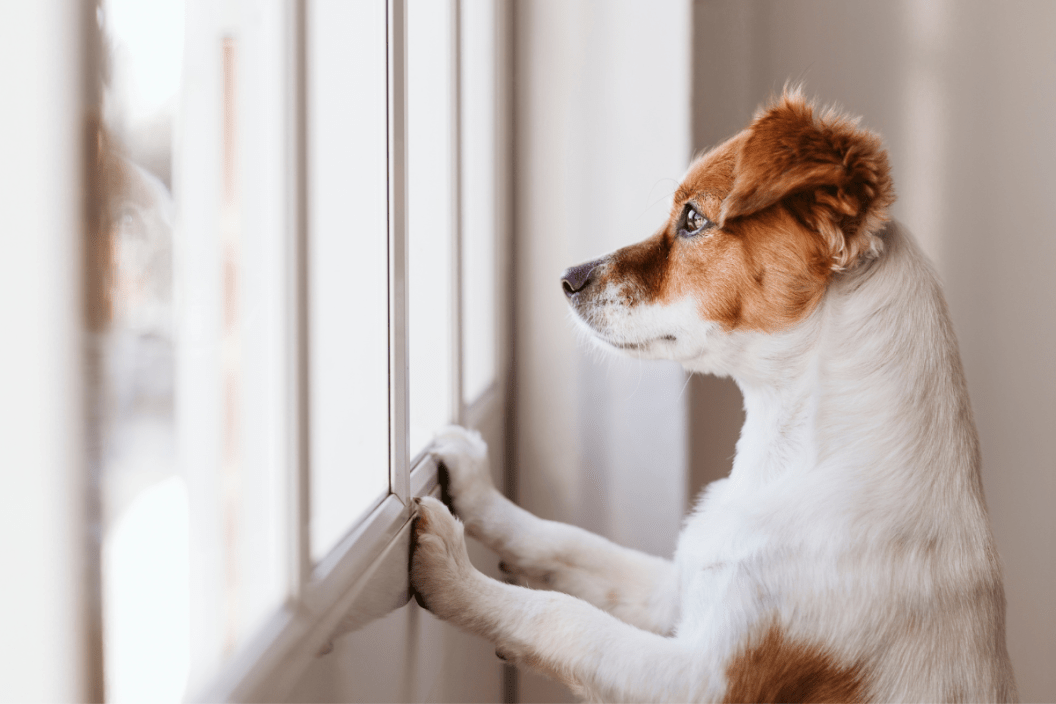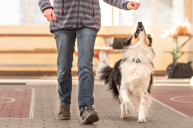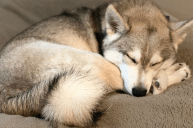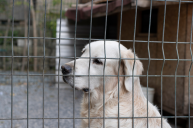Does your dog act strange when you come home from work? He might have separation anxiety. It's hard to watch our furry friends staring at the door as we leave the house, but this issue is more common than you might think. Like hip dysplasia, stubbornness, and dog depression, separation anxiety in dogs can be more common in some breeds than others. Dog breeds susceptible to separation anxiety also tend to be some of the most loyal and affectionate dog breeds, as they always want to be by their owner's side.
If your dog is whining and gnawing on shoes, that might be a normal reaction to low activity levels or stress. Dogs with separation anxiety show stronger signs of distress, like chewing up entire pieces of furniture, having consistent accidents in the house, and even destroying walls, windows, or doors. Dogs that spend a lot of time in their crate may show similar signs of restlessness, and could even end up hurting themselves in an attempt to escape.
There is no specific known cause for separation anxiety in dogs, but it seems to be more common in breeds known to love people. It's also a common issue with rescue dogs or dogs with a previous history of abuse. That said, the signs of separation anxiety in dogs won't necessarily appear right away. Dog owners may recognize the following behaviors over time:
- Pacing, trembling, urinating, or defecating in the house when the dog notices departure cues
- Attempts to escape confinement if crated
- Excessive drooling, panting, or salivation
- Chewing, digging, or other destructive acts
- Excessive vocalizations like howling, barking, or whining
For first-time dog owners looking to add a new canine into their lives, keep in mind that some dog breeds are more likely to develop separation anxiety than others. Here are 12 dog breeds prone to separation anxiety.
1. Labrador Retriever

The Labrador retriever has long been known as the American family dog. It may be due to that kind of familial bond that separation anxiety is so common in this breed. Another reason could be the recent decline in the breed's overall health, which many suspect has led the number of Labs with separation anxiety to skyrocket.
2. German Shepherd
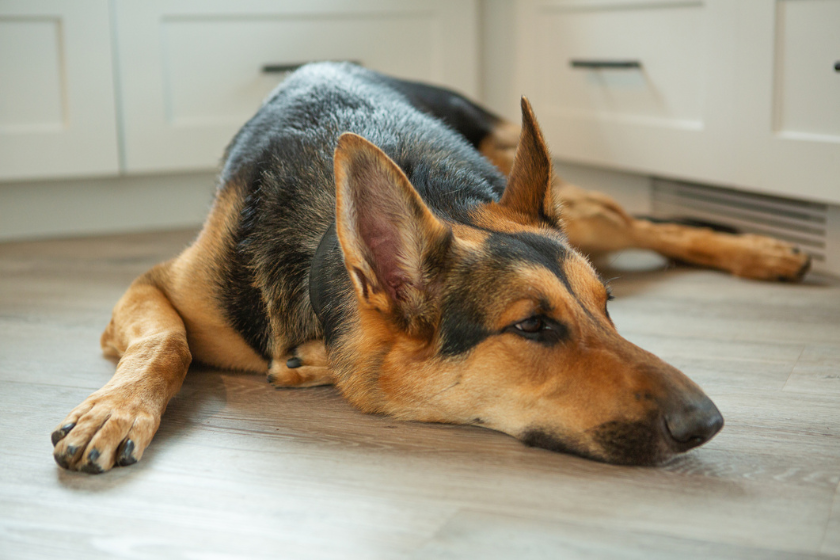
The German shepherd dog can found in living rooms and backyards all across the country—not to mention army garrisons and police stations. This pooch's protective personality and hyper vigilant nature has made them great guard dogs. For those same reasons however, when they lose sight of their owners they may be sent into a spiral of panic. Like the Labrador retriever, they have also experienced a deterioration in breed health, which has led to increasing instances of temperament issues and separation anxiety cases.
3. Australian Shepherd
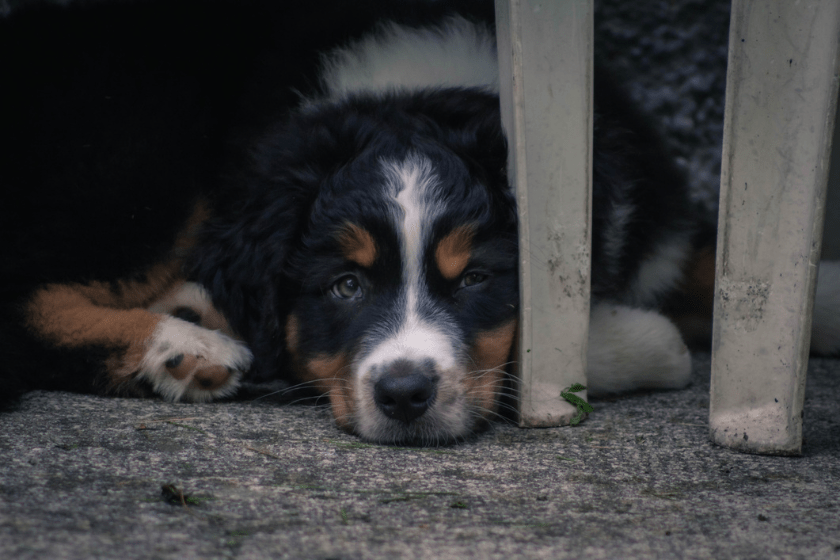
As another active herding breed dog, the Australian shepherd thrives when there's a job to do. From herding livestock to working search and rescue, they love being active and getting their paws dirty. They don't handle boredom well, and that character trait often translates into severe cases of separation anxiety. Aussies are happiest when they're busy, and with no people around, they tend to show signs of extreme distress.
4. German Shorthaired Pointer
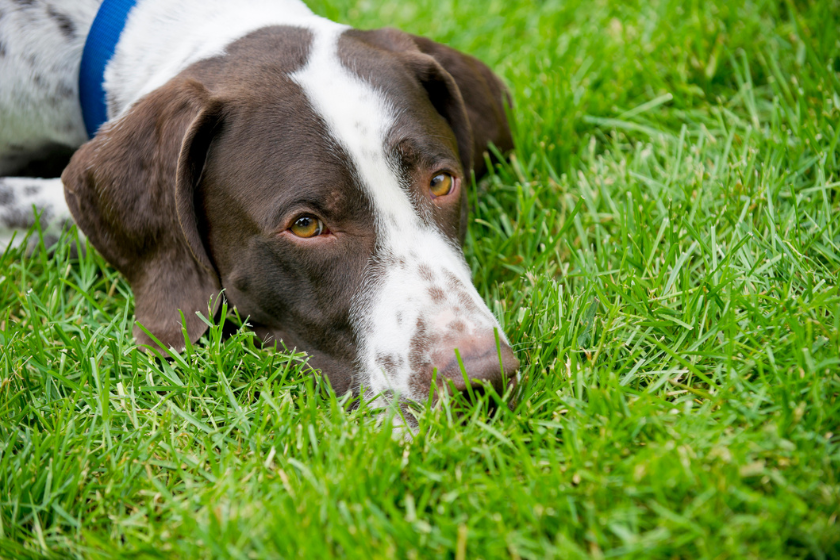
The German shorthaired pointer is another working dog but instead of taming sheep, these dogs show their skills on the hunt. They're one of the most popular hunting dog breeds, and they're accustomed to working alongside their owners for hours a day. GSPs don't like being left alone, and most would much rather be out in the field with their owner than cooped up in an empty house.
5. Vizsla
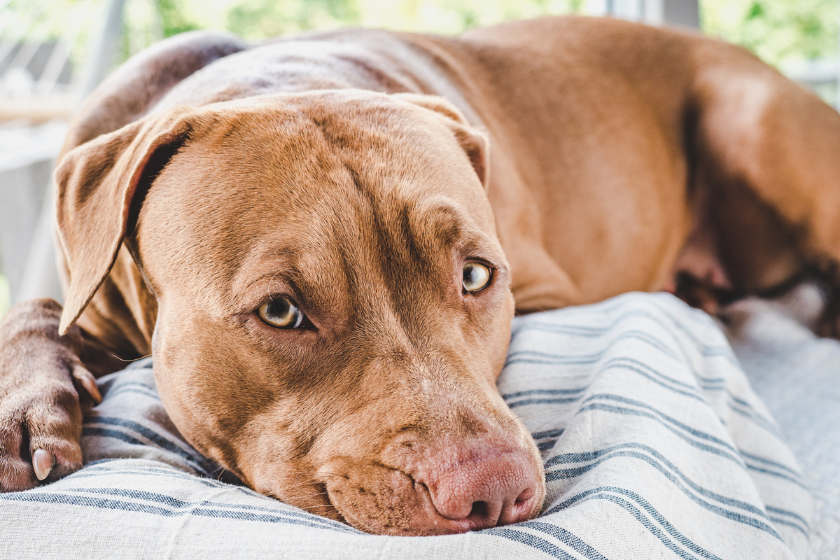
The descendant of a hound dog breed, the vizsla was bred for the hunt. They form strong partnerships with their owners and are commonly referred to as "velcro dogs." When their owners leave, many express their distress with destructive chewing and consistent howling. But when they're in a duck blind or traipsing through the woods, they're calm and collected.
6. Bichon Frise
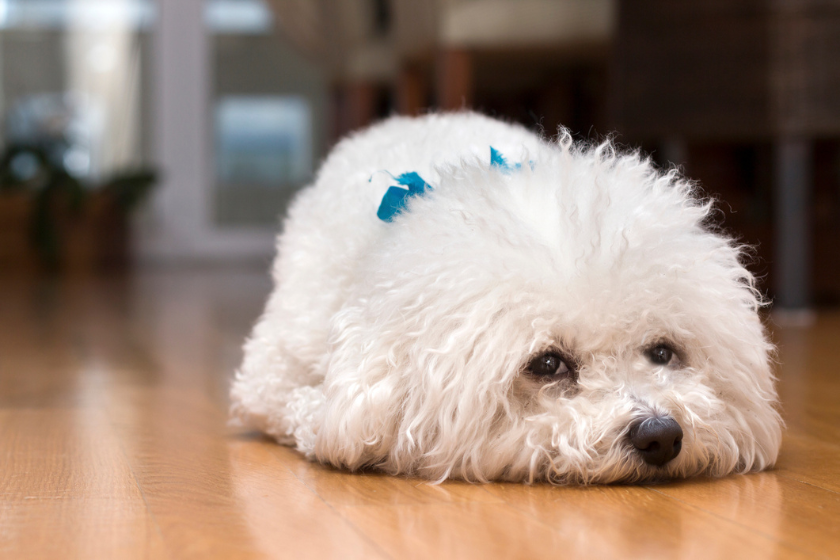
This fluffy dog breed is tailored more to being a pampered lap pup than the other breeds on this list, but they're small dogs with big separation issues. They were bred as companions, and that's what they do best. They're perfectly content to spend every minute with their owners. But when their owners are not in sight, many let panic set in.
7. Border Collie
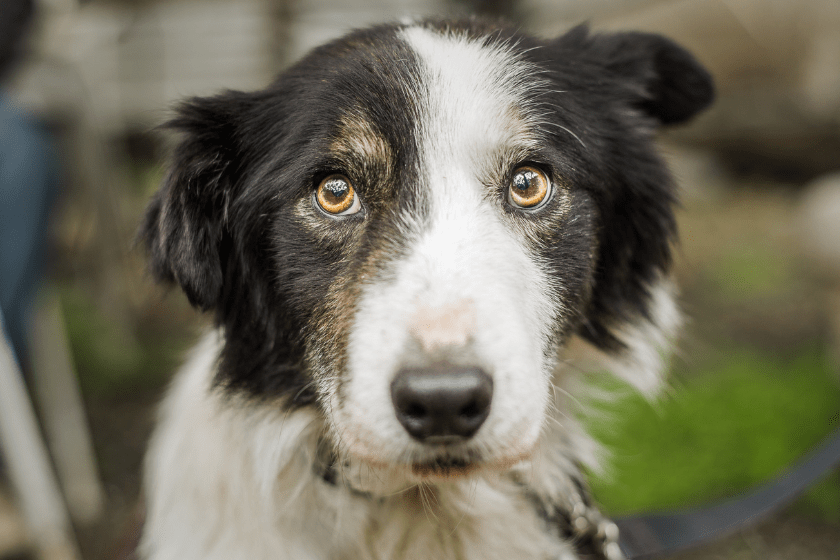
Like most working dogs, border collies are designed to be have jobs. These high energy and extremely intelligent pups need both physical and mental stimulation, so leaving them at home alone can cause some major issues for these companionable canines.
8. Toy Poodle
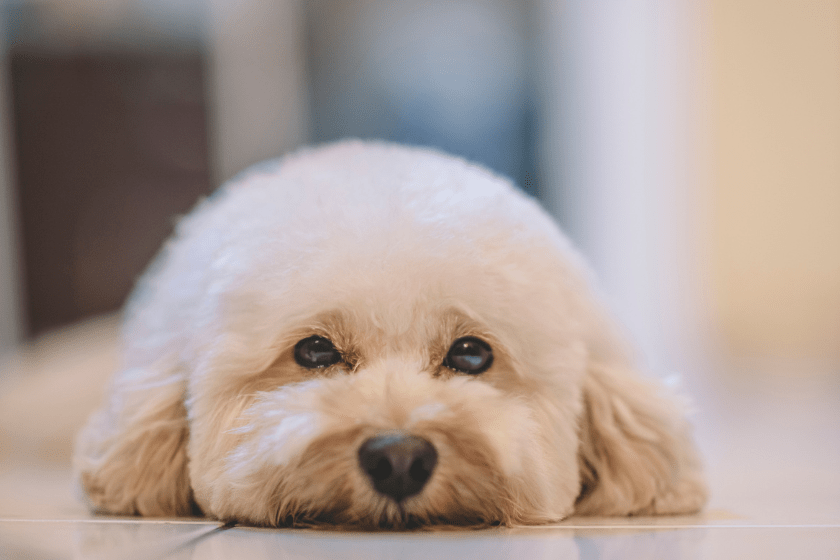
One of many types of poodle, the toy poodle in particular is an extremely affectionate little dog. Highly intelligent and easily trained, these diminutive dogs struggle when left alone. Their tendency to bond strongly with their owners means that they can develop some major issues if left alone for too long.
9. Cavalier King Charles Spaniel
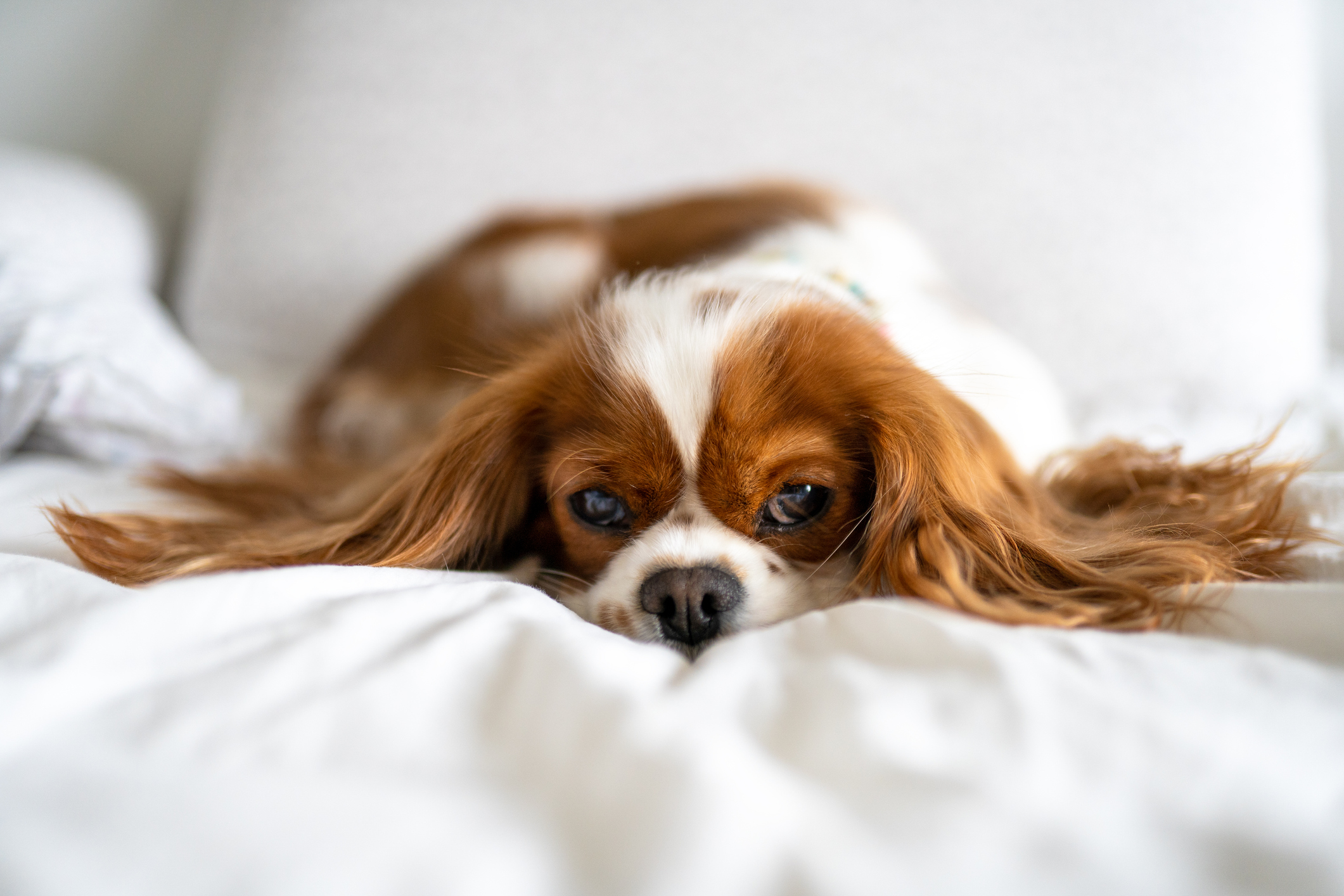
The Cavalier King Charles spaniel is a lap dog in the most literal sense; these dogs were bred in Great Britain to warm the laps of nobility in cold castles! They are used to, and relish in, constant companionship, so when left alone for long periods of time, separation anxiety may sink its claws into this lovable lap dog.
10. Jack Russel Terrier

The Jack Russell terrier is a high energy dog in a small breed body. Without entertainment or physical activity, they are prone to becoming bored when their human is away for the day. And don't let this small dog breed fool you. Despite their size, this puny pooch is capable of causing a surprising amount of destruction when at their wit's end.
11. Chihuahua
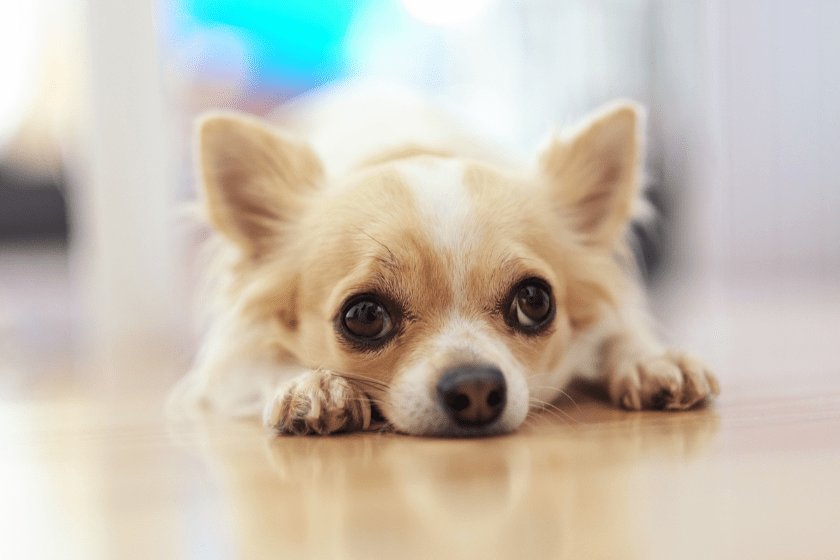
The dog of choice for many apartment dwellers, the Chihuahua is loved for its small size and ability to live in similarly small spaces. due to their portability, these pups are used to constantly being by their owner's side. So, when separated, the close bond people may cherish with their Chihuahua may also be what magnifies the severity of separation anxiety these dogs can experience.
12. Cocker Spaniel

Unlike their more coddled cousins, the cocker spaniel was bred to be hunting dog. As such, they are a highly intelligent dog breed, and people pleasers by nature. They love to spend time with their owners outdoors, so being confined indoors alone can cause them to develop a strong case of separation anxiety.
How to Stop Separation Anxiety in Dogs
There are many ways to combat separation anxiety in dogs. Pet parents can hire a dog sitter to visit their pup while they are away for long periods of time. Doggie daycare or working with a dog trainer is also a good fix for anxious behaviors, because they will be supervised and have dogs to play with. Crate training is also useful, as your dog learns that it is a safe haven and can help to train your dog into thinking that you will always return. Lastly, make it a habit to give your dog extra exercise before you leave the house, set up brain games, or offer calming dog treats.
If your dog is showing signs of severe separation anxiety, it's important to meet with a canine veterinary behaviorist or certified applied animal behaviorist to learn how to best help your pup overcome his distress and talk about different behavior modifications, from increased socialization to potentially getting your furry friend a companion dog.
Does your dog have separation anxiety? Tell us on the Wide Open Pets Facebook page!
